The Waterman is one of Clerkenwell’s largest heritage retrofit projects – an ambitious re-imagining of four Victorian industrial warehouses over 70,000 sq ft within the Clerkenwell Green Conservation Area. Ambit, BGO, Fathom Architects and Fettle collaborated to deliver a project that secures the long-term future of these heritage buildings by unifying them into a single, characterful workspace with significantly improved environmental performance.
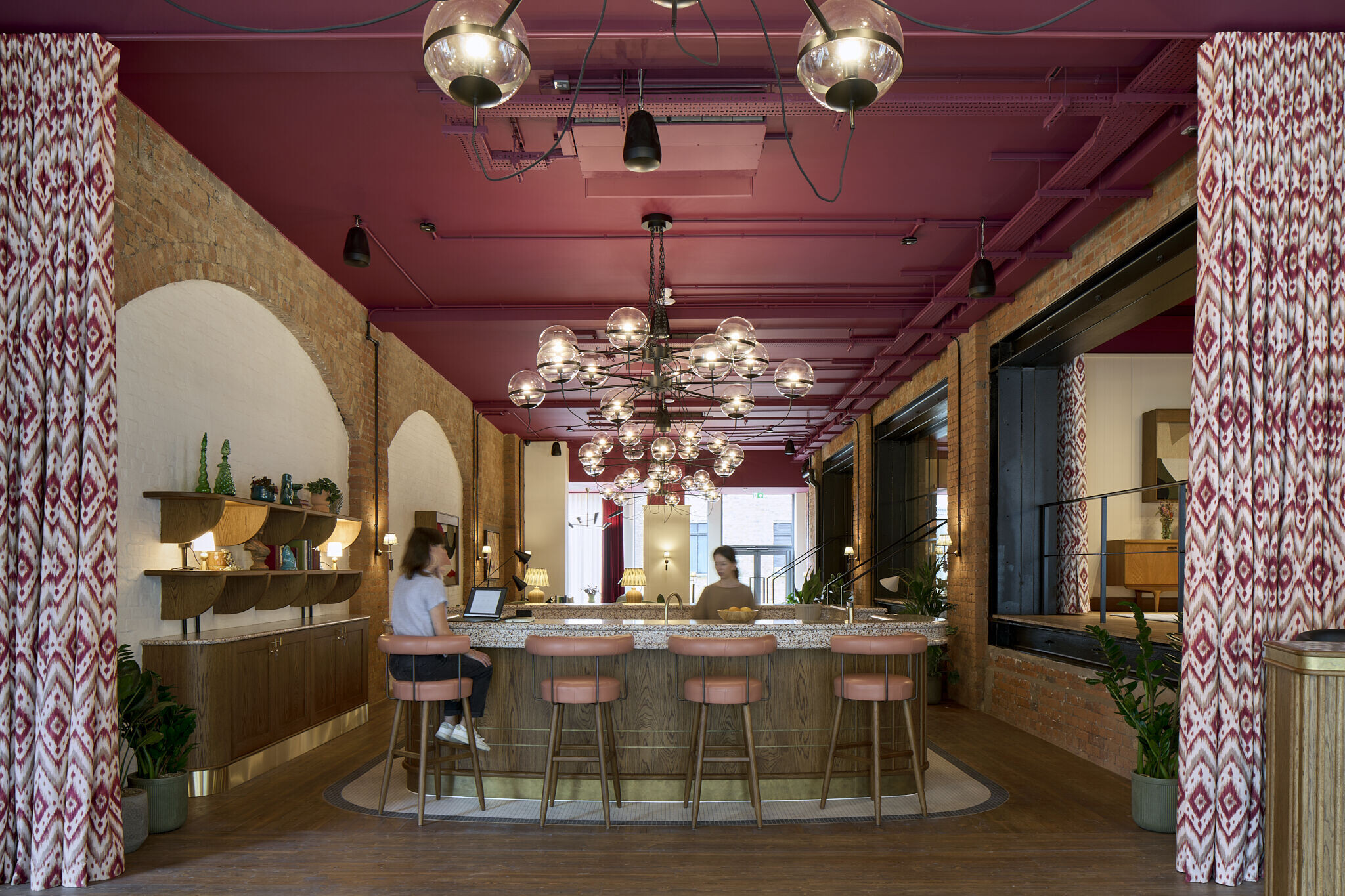
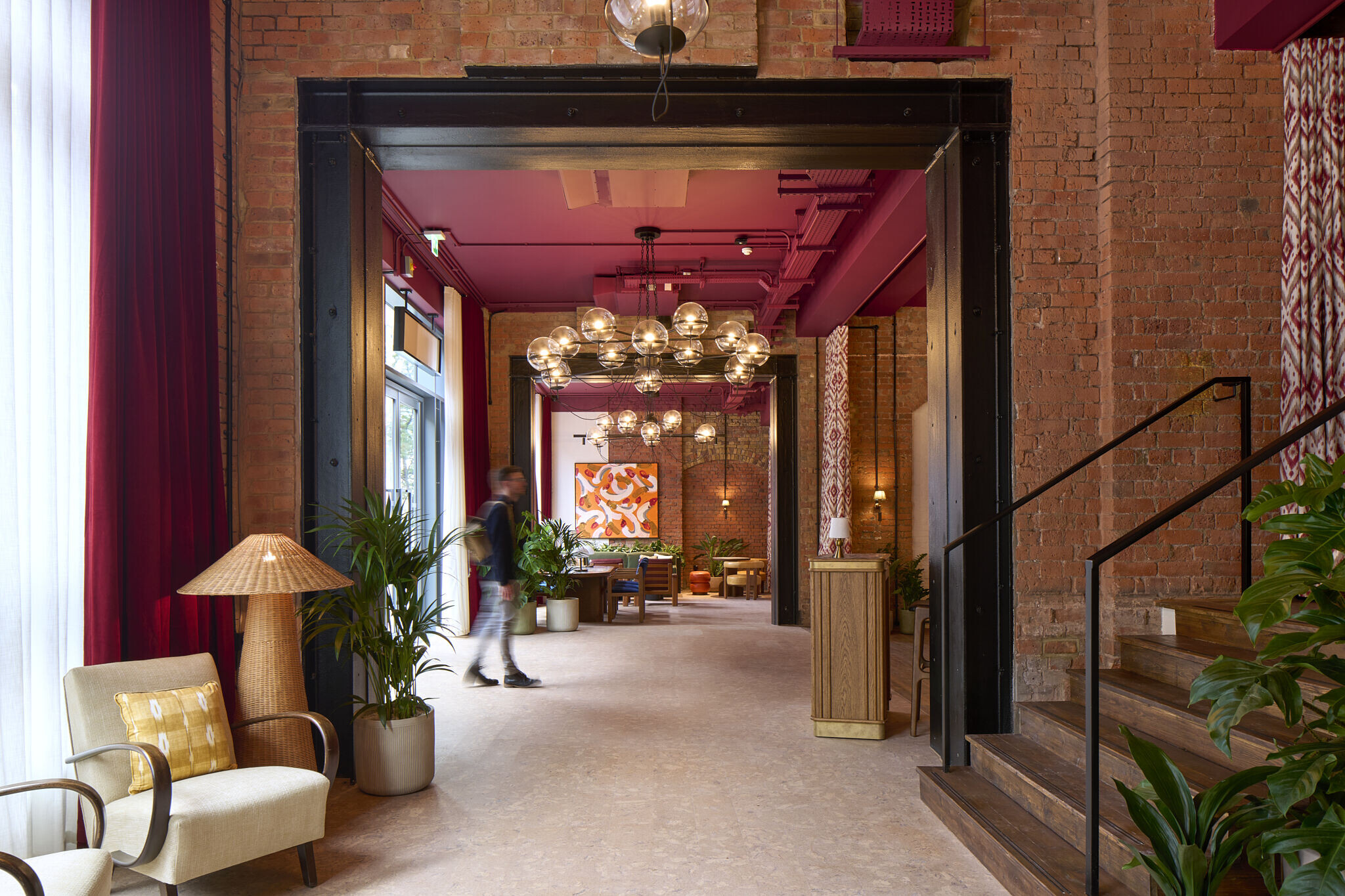
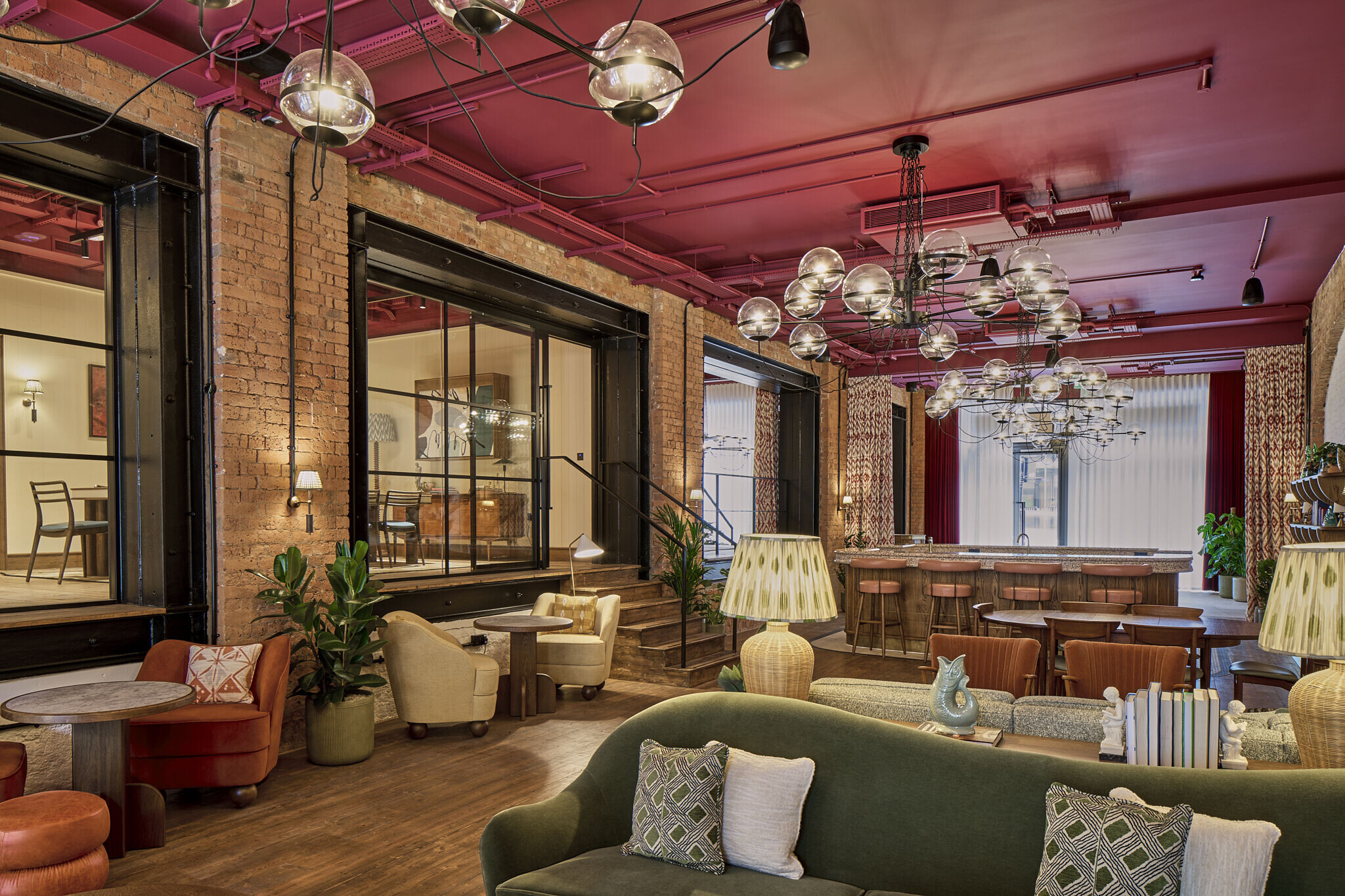
The project achieves an EPC A rating and reuses 5,000 bricks and 3 tonnes of glass, with original windows transformed into terrazzo-style worktops and bespoke signage. 185 square metres of timber flooring - reclaimed from demolished lift shafts - has been carefully restored and laid in the ground-floor reception. Raised flooring reuse alone resulted in over 250 tonnes of CO₂ savings, aligning with ambitious Whole Life Carbon targets. Coworking spaces, private terraces, end of journey facilities and cycle storage have also been introduced to support evolving tenant needs.
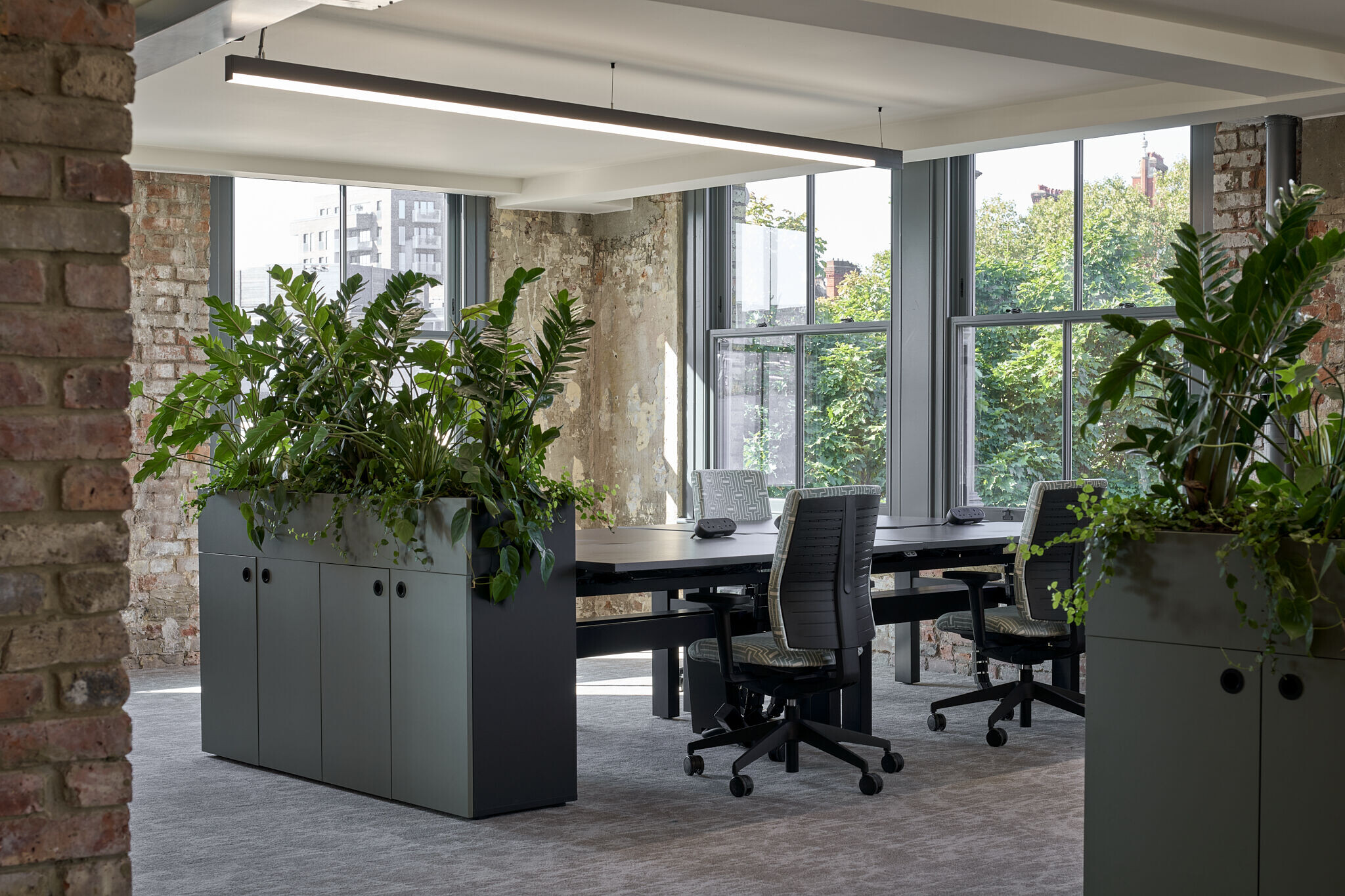
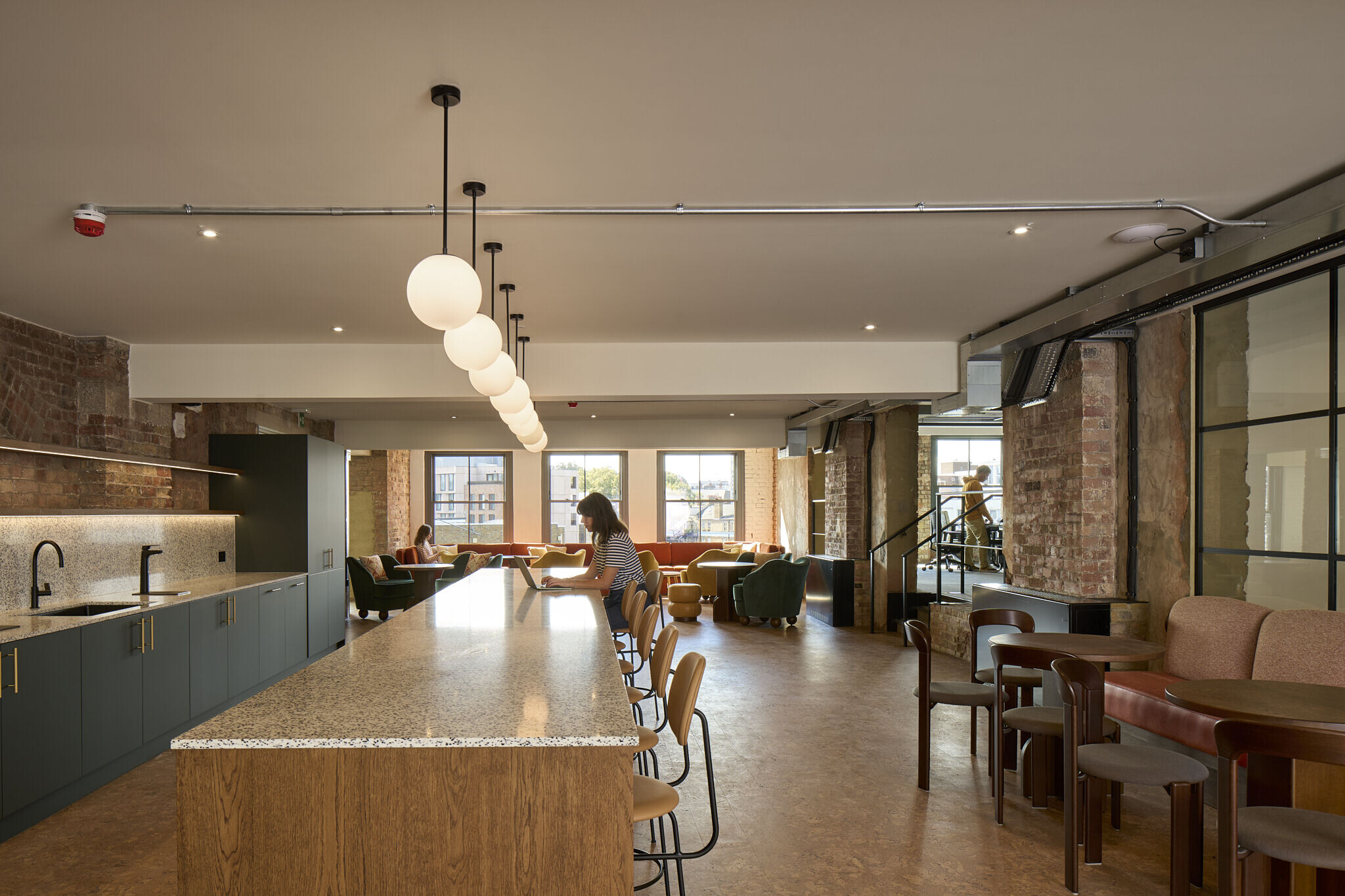

A naturally ventilated system eliminates the need for mechanical cooling, with PIR-enabled smart lighting systems further minimising energy use. These initiatives, paired with energy-efficient materials, aim to secure BREEAM and WELL certifications, reinforcing The Waterman’s role as a benchmark for sustainable urban regeneration.
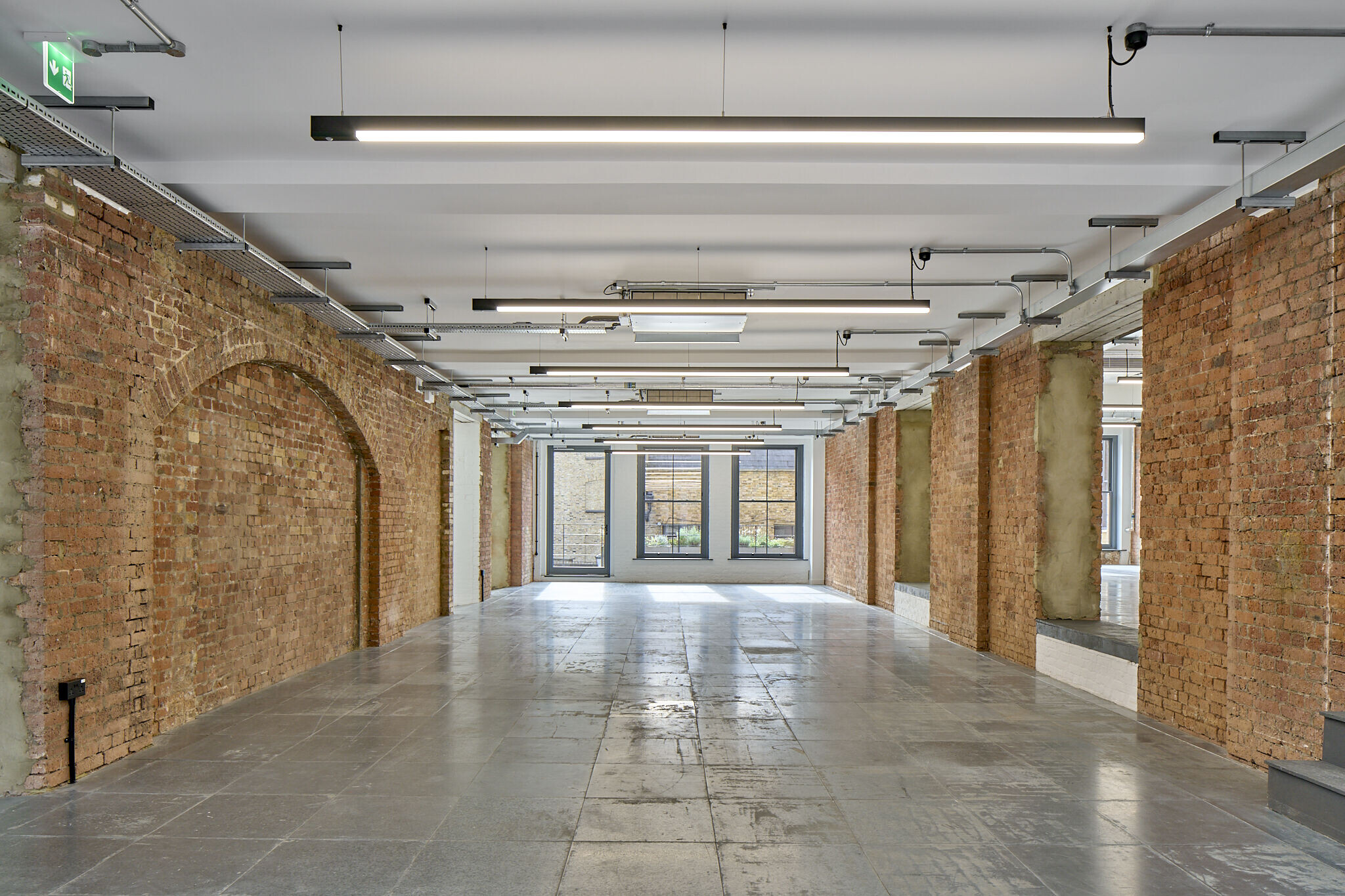
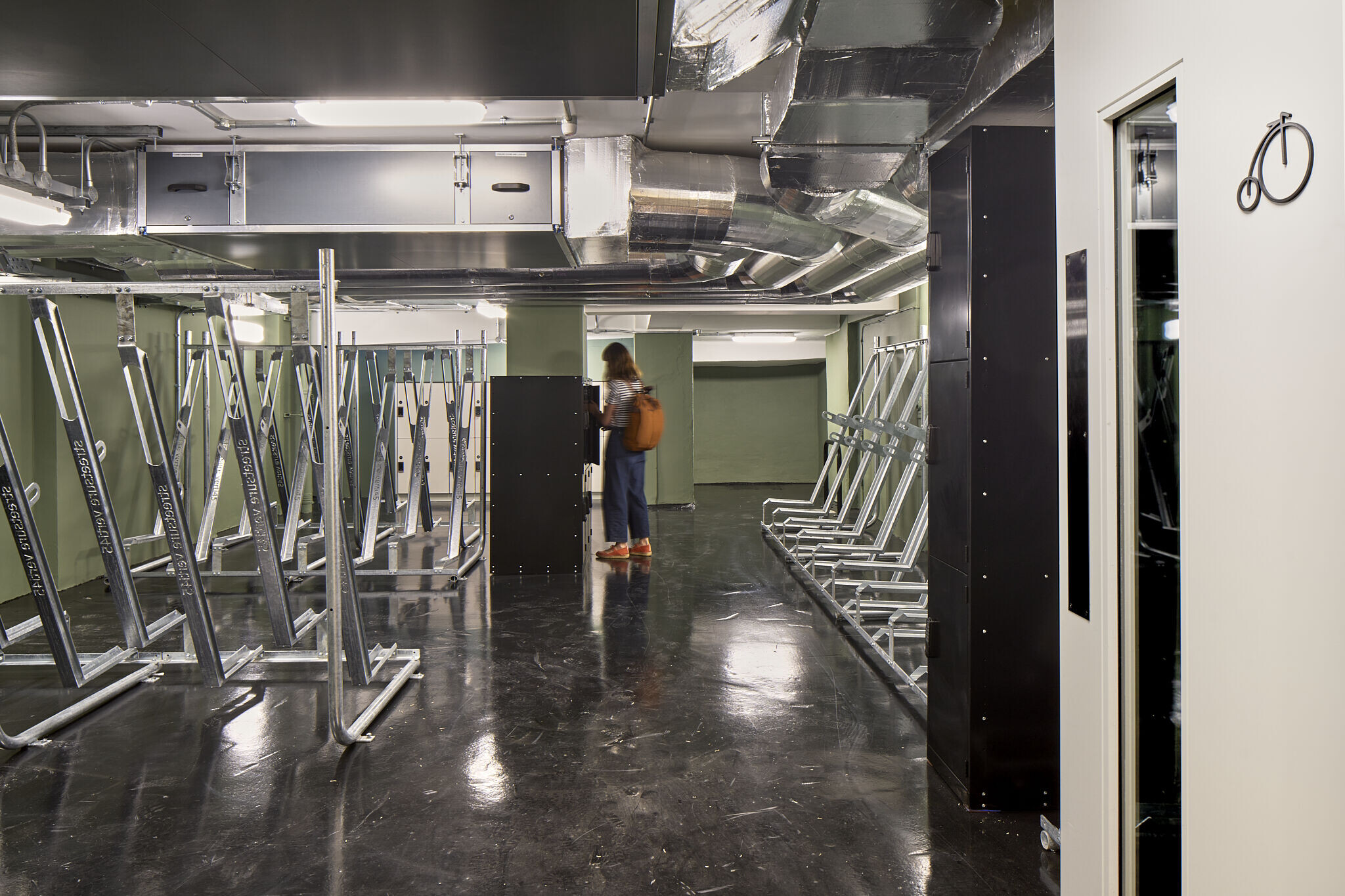
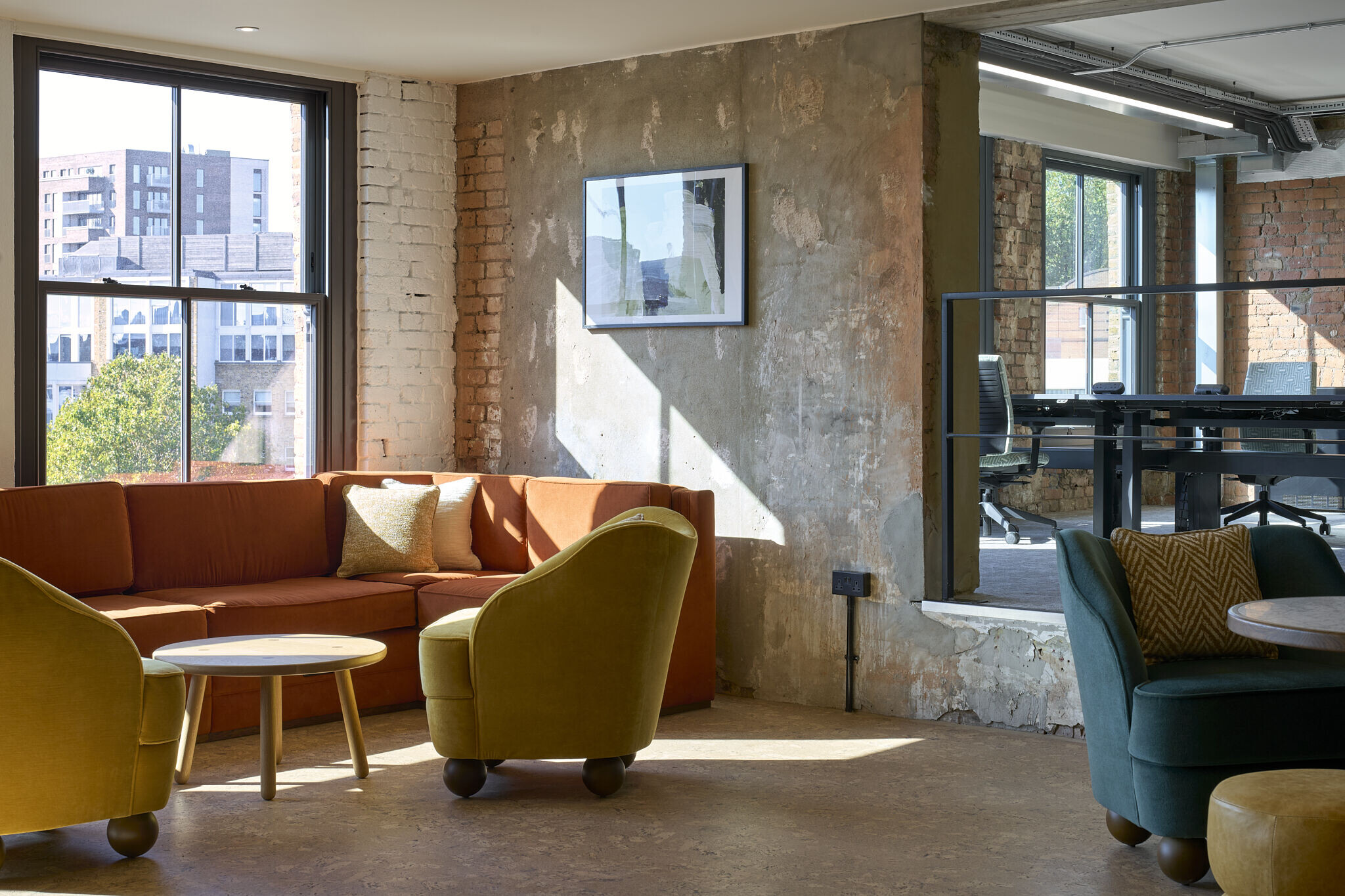
The reception area, Alfred’s Club, combines Victorian charm with a modern twist. Salvaged materials, such as reclaimed floorboards, pair with warm tones and exposed brick to create a welcoming, members-club feel. Bespoke features like locally sourced lighting and green accents reflect Clerkenwell’s rich design history while setting a new standard for communal spaces.
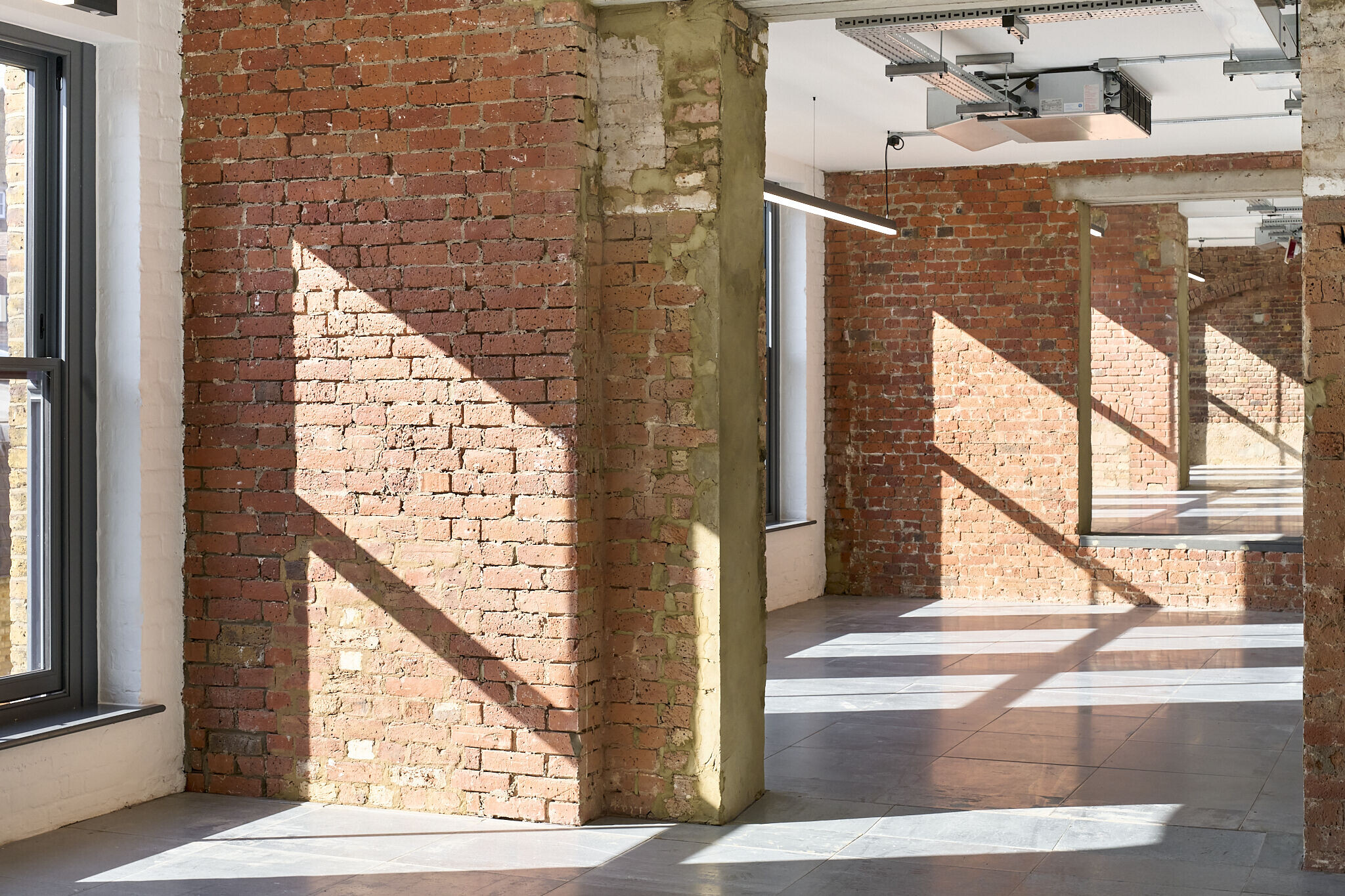
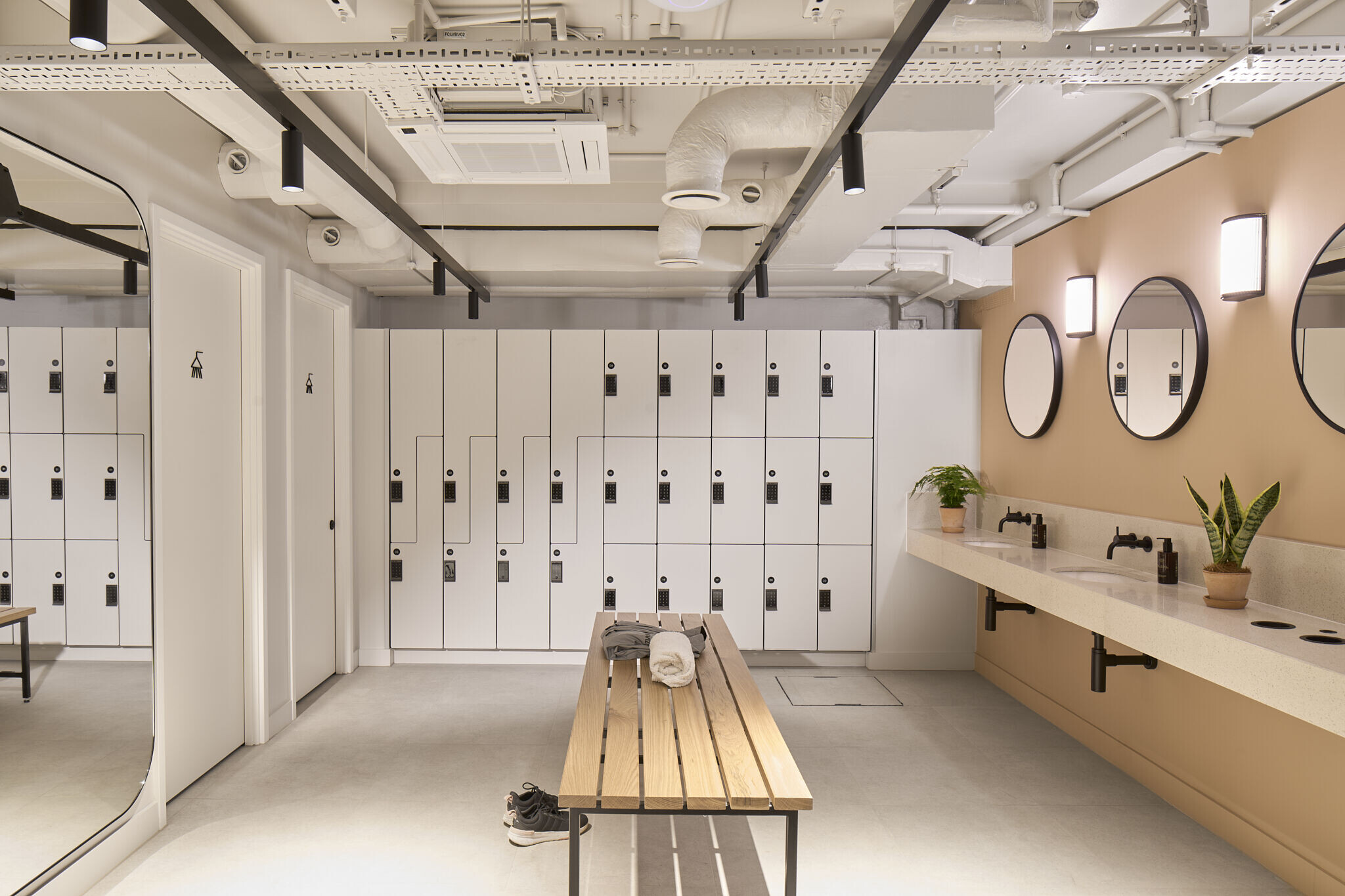
Beyond its aesthetic appeal, The Waterman exemplifies how workplaces can support the transition to net zero. With smart design choices and a focus on reuse, the project demonstrates how historic buildings can be adapted to deliver exceptional environmental performance. As a result, The Waterman is a tribute to London’s past and a symbol of its sustainable future.
































